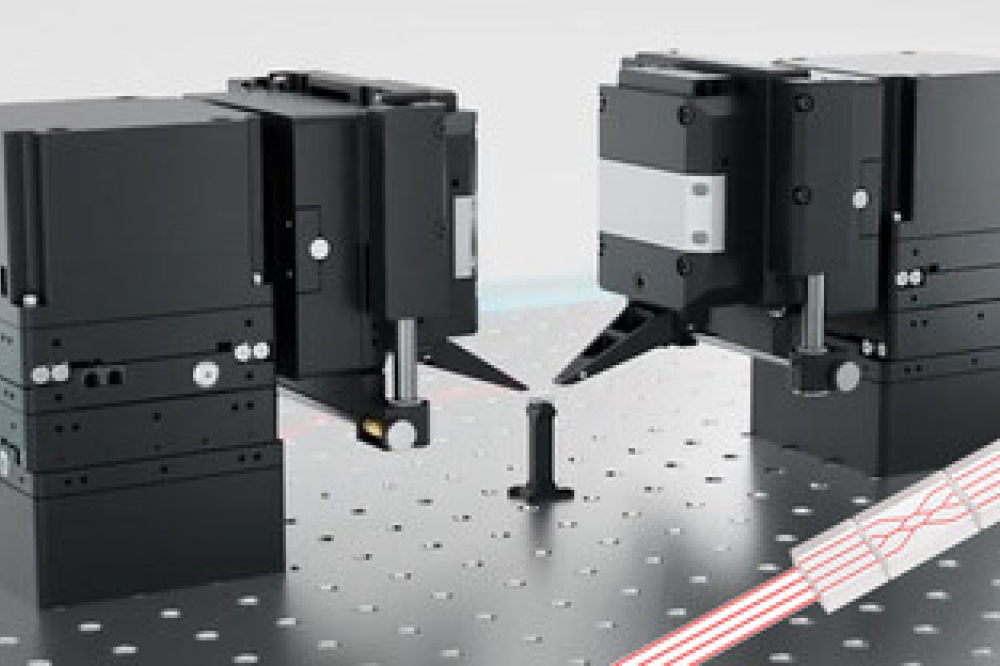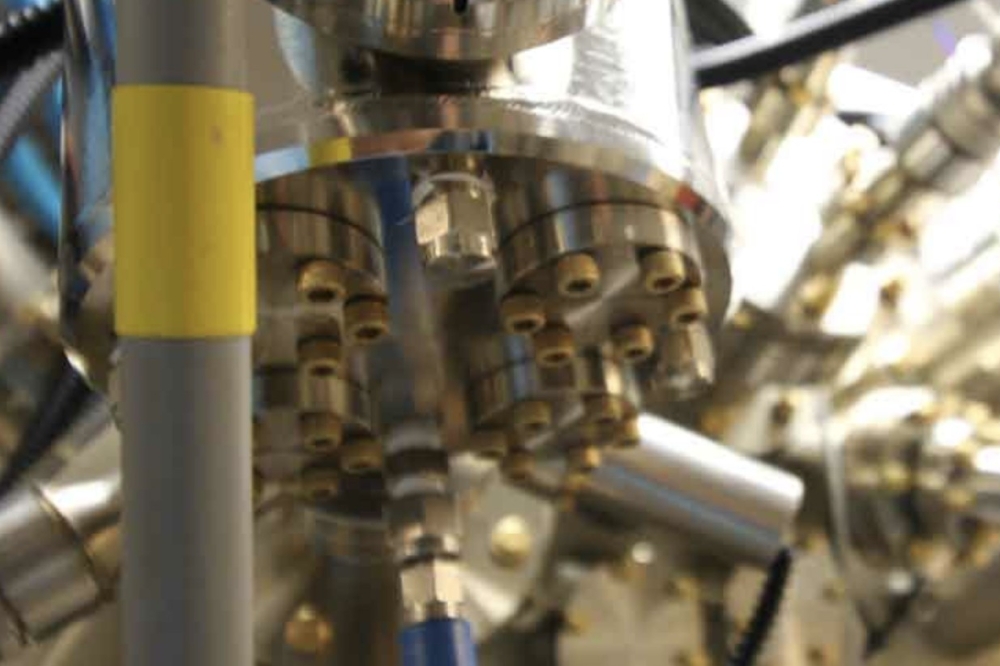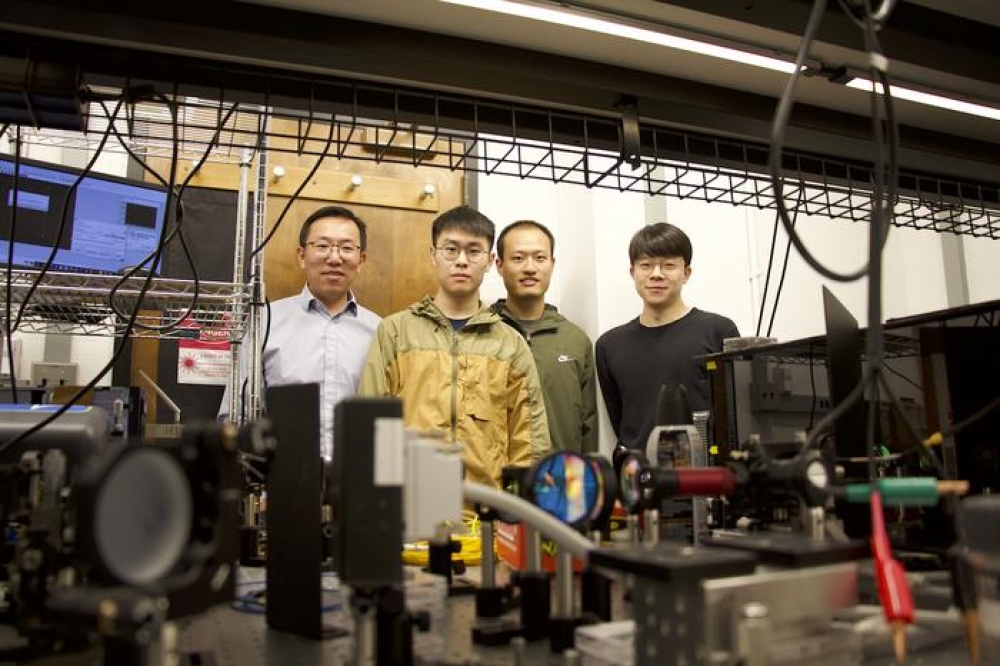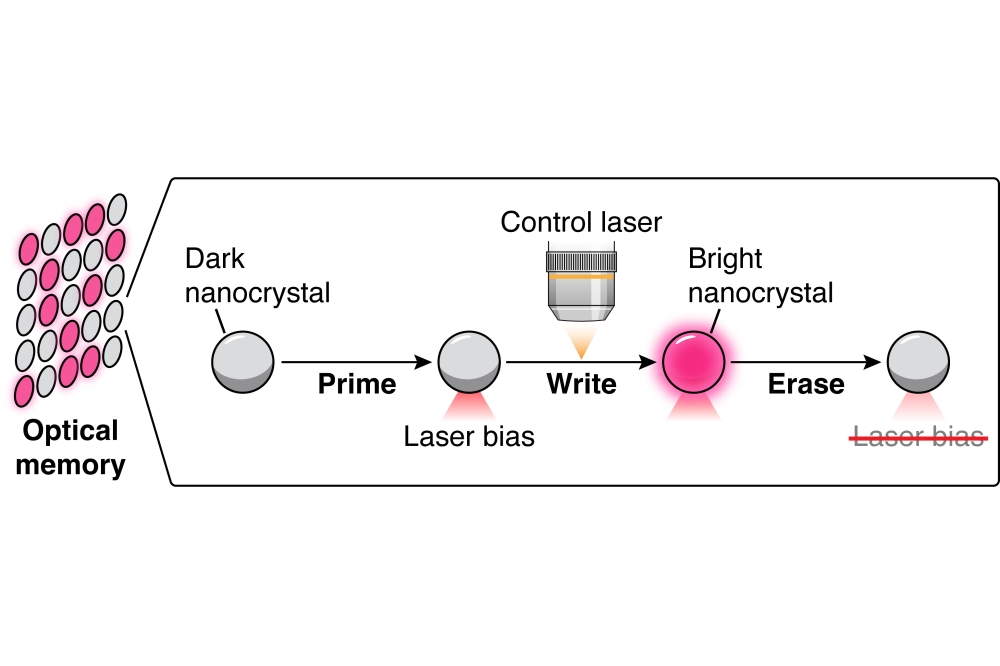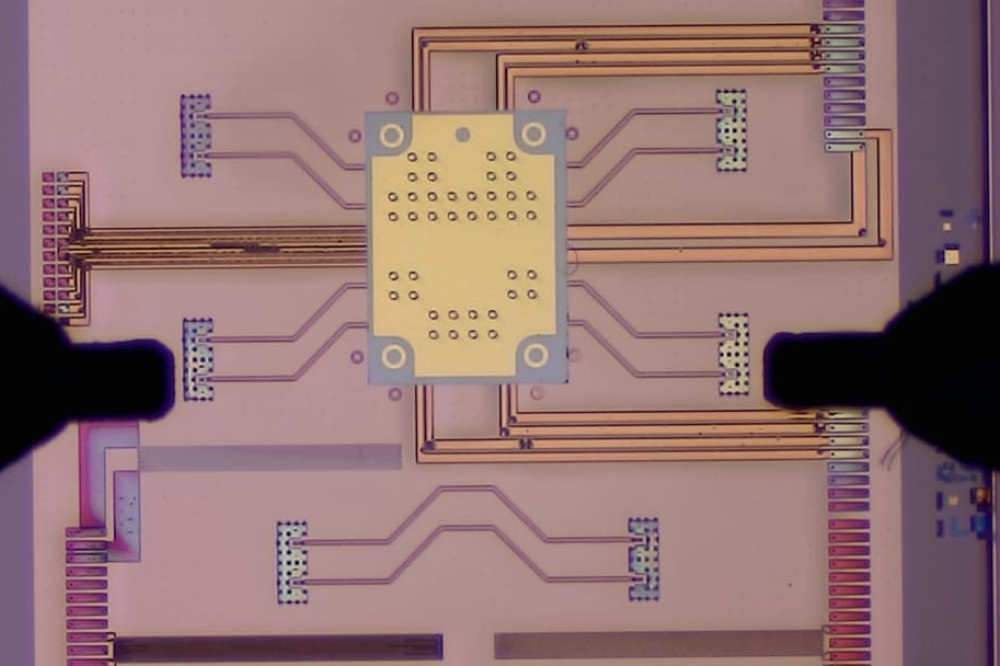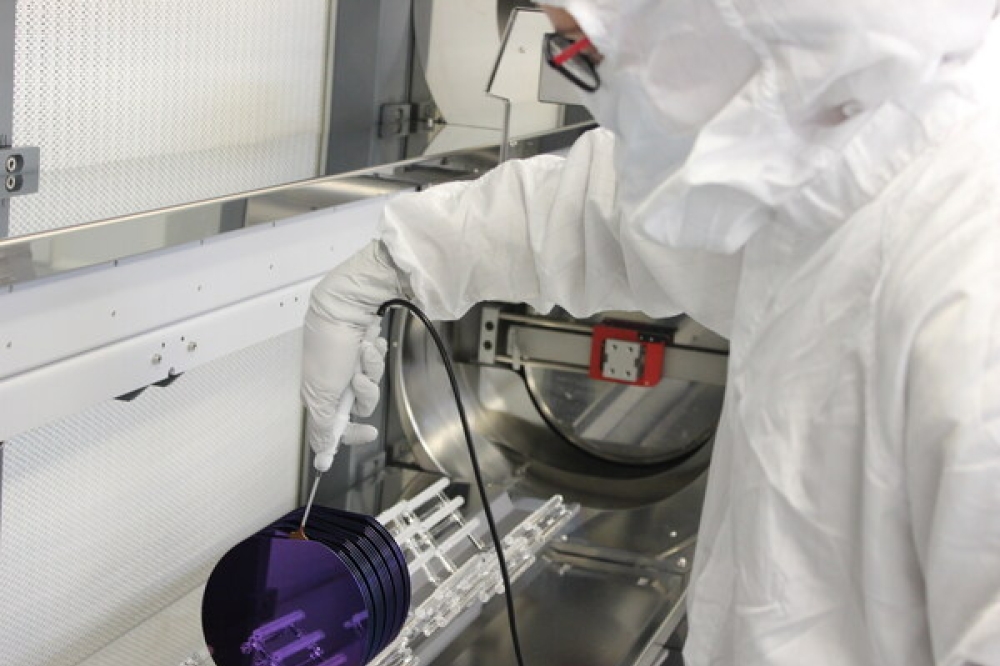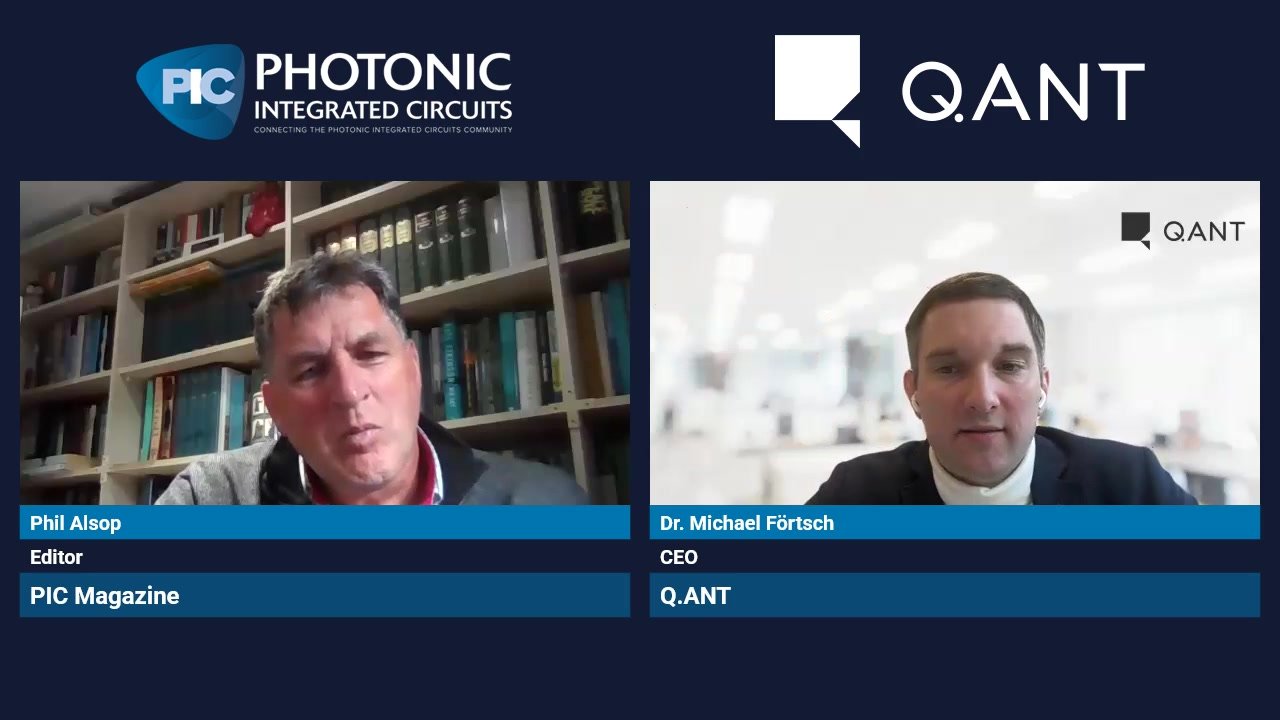POET Targets optical computing and sensing

Optical Interposer product to target new applications with a fully-integrated, multiplexed light-source
POET Technologies, a developer of photonic integrated circuits (PICs), has announced that it has extended its Optical Interposer into new applications and markets with a fully-integrated, multiplexed light-source for optical computing chipsets and sensing applications, named LightBar-C.
The POET Optical Interposer platform has been extended and validated with the intrinsic features to support Conventional Band (C-band) and Long Band (L-band) lasers that produce light in a frequency range of 1530nm to 1625nm.
POET has designed, developed and demonstrated cooled lasers for the Optical Interposer platform with up to 90mW of power operating at room temperature. In addition, the Company has designed and demonstrated a Dense Wavelength Division Multiplexer (DWDM) embedded in the Optical Interposer waveguide layer that allows channel spacings of 200GHz, providing the high density and broadband requirements needed for high-performance optical sensing and Co-Packaged Optics (CPO) applications, such as optical computing chipsets for Artificial Intelligence.
The first product to incorporate all of these features is the POET LightBar-C, which includes integrated spot-size converters that minimusee coupling losses and increase power efficiency of components, such as multiplexers and detectors. The product provides low-loss fibre and free-space coupling, all specifically developed for highly integrated solutions within the C-band frequencies. The LightBar-C also uses a versatile and integrated laser source with multiple wavelengths (from 2 up to 8) multiplexed in the C-Band.
The optical bandwidth in the C-band is in the “eye-safe” region, which makes it ideal for free-space sensing applications. Consequently, C-band light solutions are expected to be foundational to the next generation of LiDAR solutions where high sensitivity, high power, reduced atmospheric influence and eye safety are presumed to be essential requirements.
“The mega trends of Cloud Computing, 5G Communications and the rapid growth of Artificial Intelligence are spawning numerous applications and driving increasing volume demands for both high-performance lasers and integrated photonics solutions. These applications require a step function improvement in packaging and scalability,” commented Suresh Venkatesan, chairman & CEO of POET Technologies.
“Current photonics products are still assembled and tested using conventional and esoteric packaging technologies that ultimately limit production scalability. POET’s Optical Interposer addresses key integration and scalability challenges with a unified wafer-scale hybrid integration platform that seamlessly merges the benefits of Planar Lightwave Circuits (PLCs) and electrical interposer functionality for co-packaging electronics and optics within a single chip-scale package,” he added.
As with previously announced Optical Interposer-based solutions, POET’s method of hybrid integration enables products with small form-factors and high performance. POET’s wafer-scale hybrid integration approach simplifies the manufacturing, assembly and testing of the passively assembled optical sub-system while simultaneously maximising power efficiency with reduced coupling losses through the complete link.



